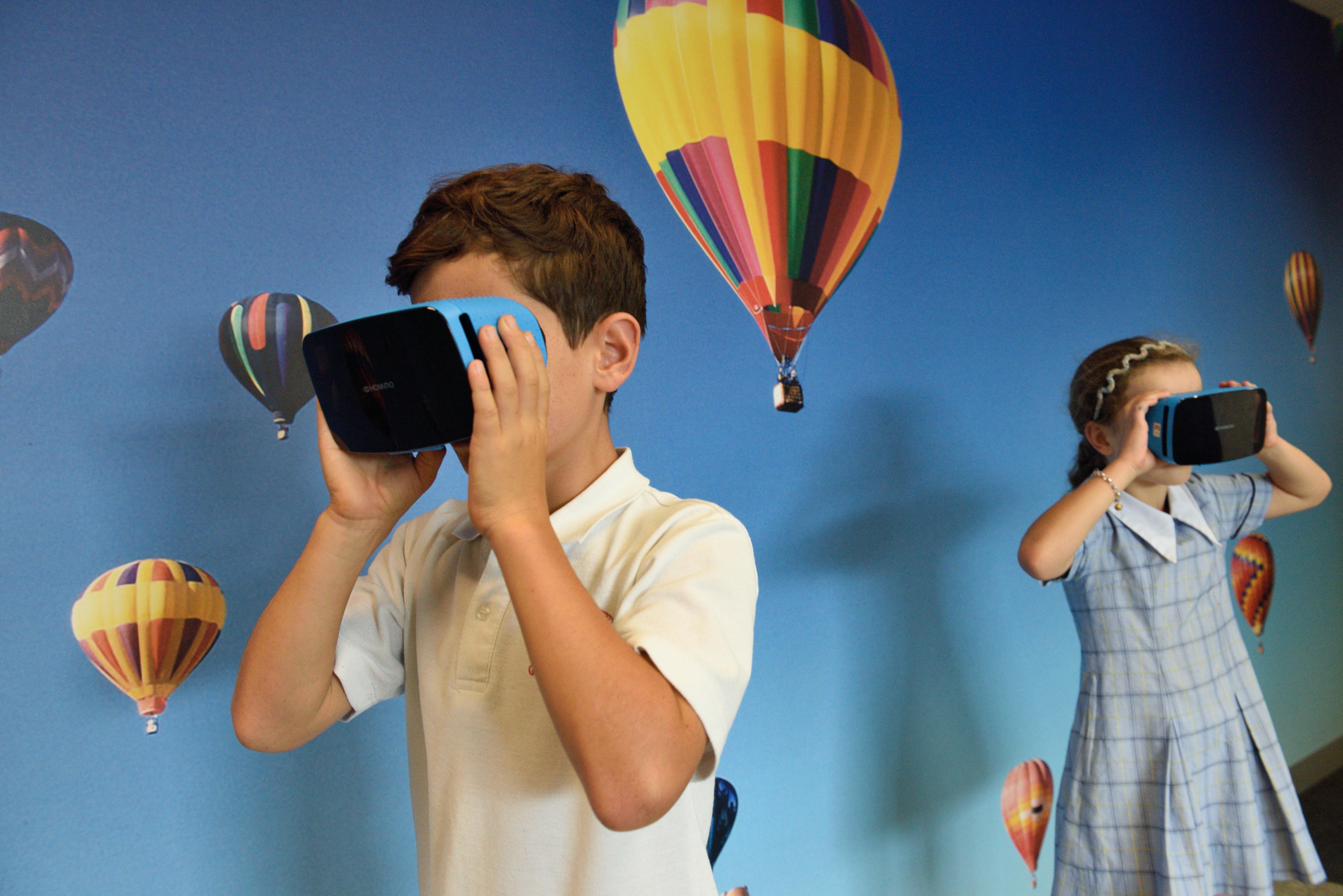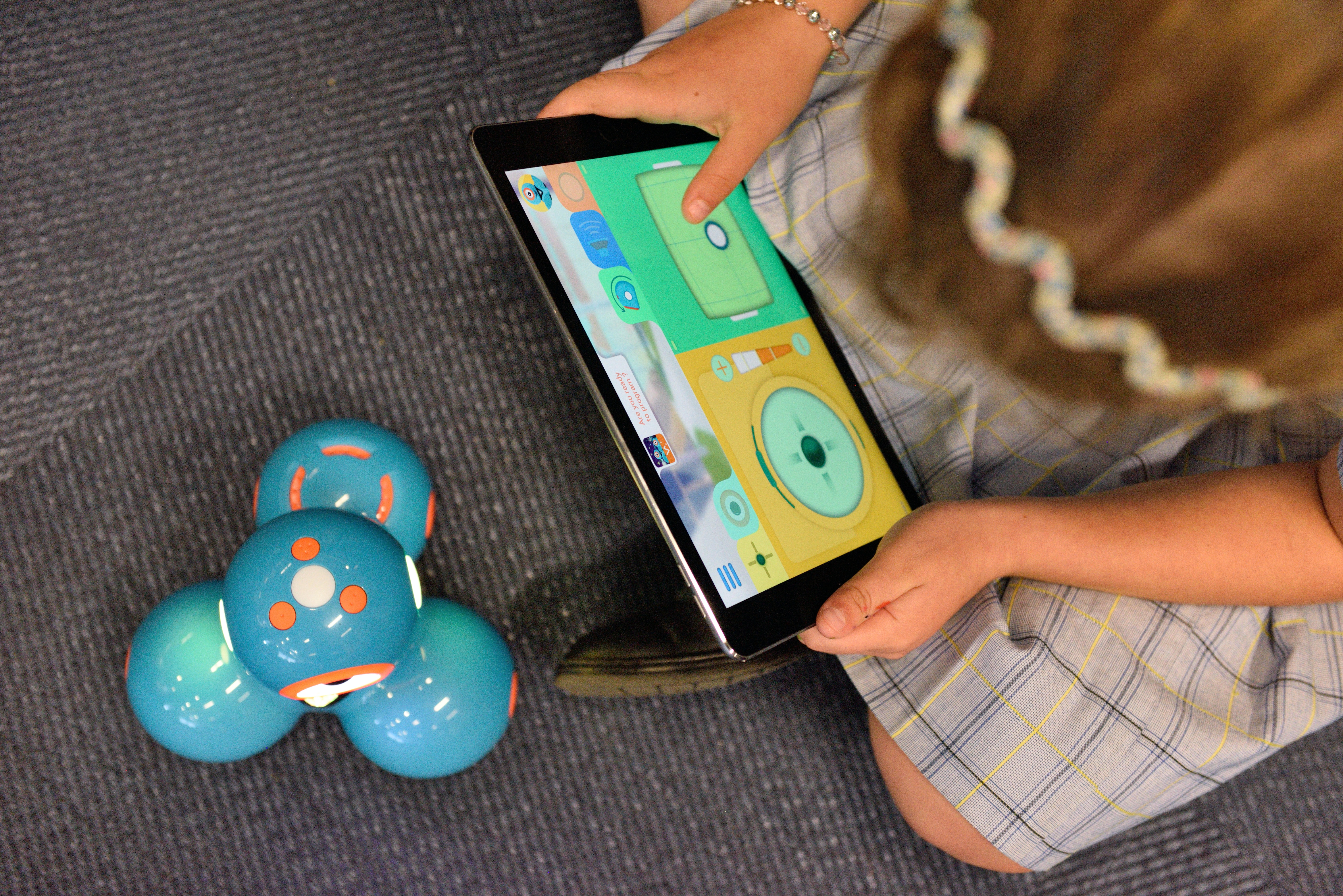VR Opens Doors to Virtual Classrooms for Students During COVID-19
Imagine if your school-age child had the opportunity to build a robot, dissect an animal in a virtual science lab, and bend the laws of physics without leaving home. Virtual reality (VR) continues to open up a world of opportunities for several industries including manufacturing, healthcare, construction, military training, and, of course, gaming.
- 0 Comments
- Jul 8, 2020 10:00:00 AM
- Posted by Natalia Galvis
- Topics: STEM, Coding, students, summer, Edchat, online, virtual learning, distance learning
STEM Activities to Inspire Fun and Creativity During the Summer
Manufacturing Stories highlighted a list of fun ideas to keep kids learning through the summer, focusing on STEM and integrating curiosity, critical thinking, and fun. Check out these activities and more.
- 0 Comments
- Jul 7, 2020 10:00:00 AM
- Posted by Natalia Galvis
- Topics: STEM, Coding, students, summer, Edchat, online, virtual learning, distance learning
4th of July STEM-Related Activities
The 4th of July is one of the best holidays for STEMists! Firstly, it’s a great way to get kids engaged in celebration preparation. Secondly, it’s a chance to do some super groovy STEM activities. From yummy recipes, to watching the night sky light up with fireworks, above all STEMists are bound to show up for America’s big celebration! As a result, we’ve put together 5 STEM-related ways to celebrate and have a fun-filled Fourth of July.
 Photo by Robbie Noble on Unsplash
Photo by Robbie Noble on Unsplash
- 0 Comments
- Jul 3, 2020 10:05:00 AM
- Posted by Natalia Galvis
- Topics: STEM, Coding, students, Edchat, online, virtual learning, distance learning, 4th of July
Only One in Five Schools Offered 'Rigorous' Remote Learning, Study Says
.jpg?width=678&name=remote-learning-IMG%20(1).jpg) Image: iStock/Getty
Image: iStock/Getty
Only 20% of schools offered rigorous, technology-based remote instruction while school buildings were shut down this spring, according to a new report from the American Enterprise Institute, and students in K-12 districts with a majority of high-poverty or low-achieving students were less likely to receive rigorous instruction at a distance.
- 0 Comments
- Jul 2, 2020 10:00:00 AM
- Posted by Natalia Galvis
- Topics: Robotics, EdTech, STEM, Coding, Drones, Robots,, students, programming, Dobot Robotic Arm, STEMchat, Edchat
Teacher Jorg Duitsman Teaches Robotics & Engineering Courses With Dobot Magician in The Netherlands
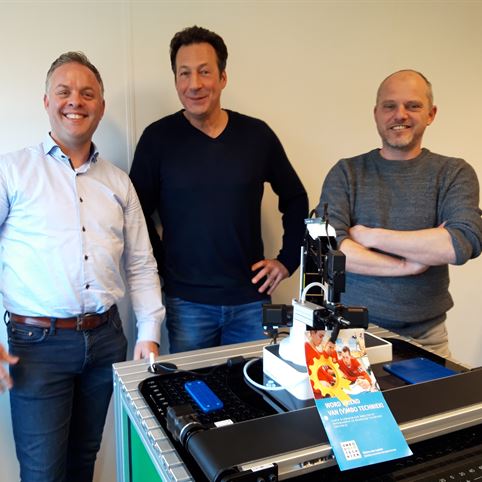
In August 2018, Jorg Duitsman started his teaching position in the departments of Mechatronics and International Engineering at Summa College. Jorg is a long-term lover of technology and maker education. Like any other technology teachers, Jorg was eager to find a better way to teach problem solving, critical thinking, and other important 21st century skills in classrooms. That’s when he started searching and found DOBOT. Later on, he purchased 20 Dobot magicians and two Dobot m1 for his school.
- 0 Comments
- Jul 1, 2020 10:00:00 AM
- Posted by Natalia Galvis
- Topics: Robotics, EdTech, STEM, Coding, Drones, Robots,, students, programming, Dobot Robotic Arm, STEMchat, Edchat
Creating an Inclusive Virtual Classroom
Distance learning can feel impersonal and inaccessible, but there are ways to help students feel a sense of connection and access academic material.
 Kanawa_Studio / iStock
Kanawa_Studio / iStock
- 0 Comments
- Jun 30, 2020 10:00:00 AM
- Posted by Natalia Galvis
- Topics: STEM, Coding, students, Edchat, online, virtual learning, distance learning
Why Schools Must Build A Virtualized Ecosystem
Keeping your school’s infrastructure up to date is about more than investing in powerful computers: now that the global health crisis has forced schools to rely more and more on technology in order to implement first distance learning and then blended learning, teachers and students in many countries are being faced with the flaws in their ecosystems.
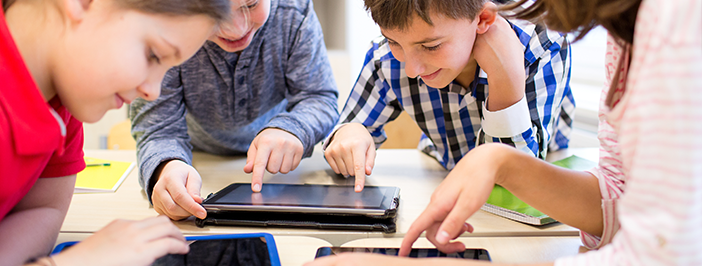
Not all schools were prepared for this sudden transition, and many have learnt by experience that even equipping the campus with the latest devices is not enough to claim that your institution can boast state-of-the-art educational technology—what if the campus itself becomes inaccessible?
- 0 Comments
- Jun 29, 2020 10:00:00 AM
- Posted by Natalia Galvis
- Topics: STEM, Coding, students, Edchat, online, virtual learning, distance learning
The Many Benefits of STEM Education
If you’re concerned that STEM is taking up too much classroom time, consider this: STEM permeates the curriculum in ways subjects taught in isolation can’t. STEM also teaches the skills students need for success beyond their formal education.
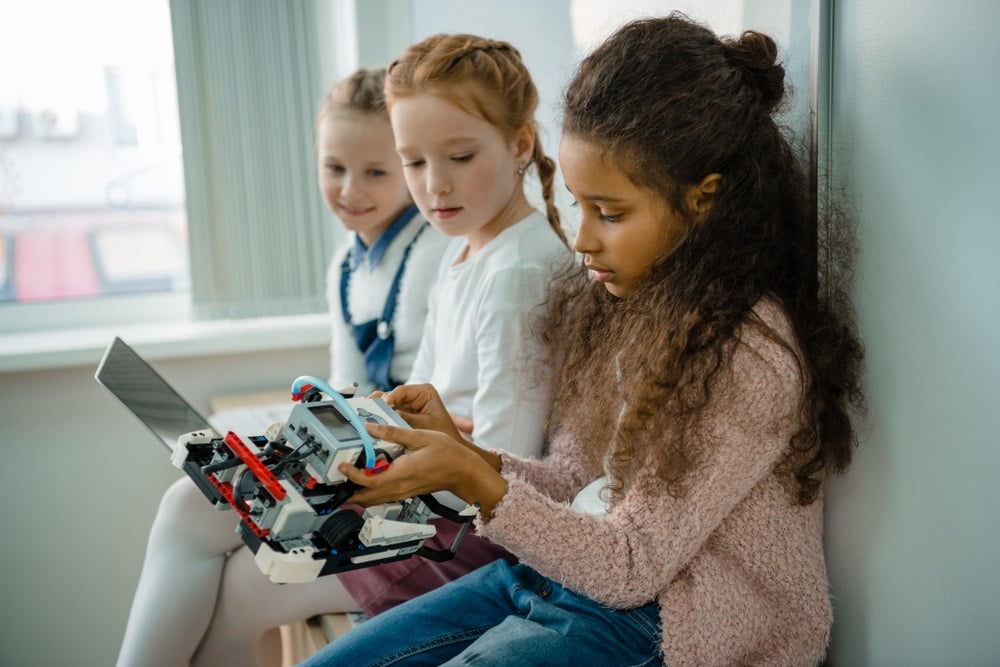
Teachers know that they have to take advantage of every minute of instructional time they can get with students. STEM programs, with their integrated lessons, seem to usurp a considerable amount of instructional time. That can lead to arguments about pulling kids away from traditional subjects like science and math.
However, STEM offers students experiences they can’t get in traditional classrooms. STEM integrates learning through interdisciplinary studies. It affords the application of 21st-century learning skills. And finally, STEM teaches resilience.
- 1 Comments
- Jun 26, 2020 10:00:00 AM
- Posted by Natalia Galvis
- Topics: STEM, Coding, students, Edchat, online, distance learning
Italian Airport Deploys Robots to Protect Against Contaminants
The Milan Malpensa International Airport in Italy is a major airport that welcomes over 20 million passengers each year. Their customers' safety is crucial, especially in these unprecedented times. To help protect travelers from contaminants such as COVID-19, they've decided to implement Connor UVC robot to systematically disinfect the Airport to help prevent the virus from spreading.
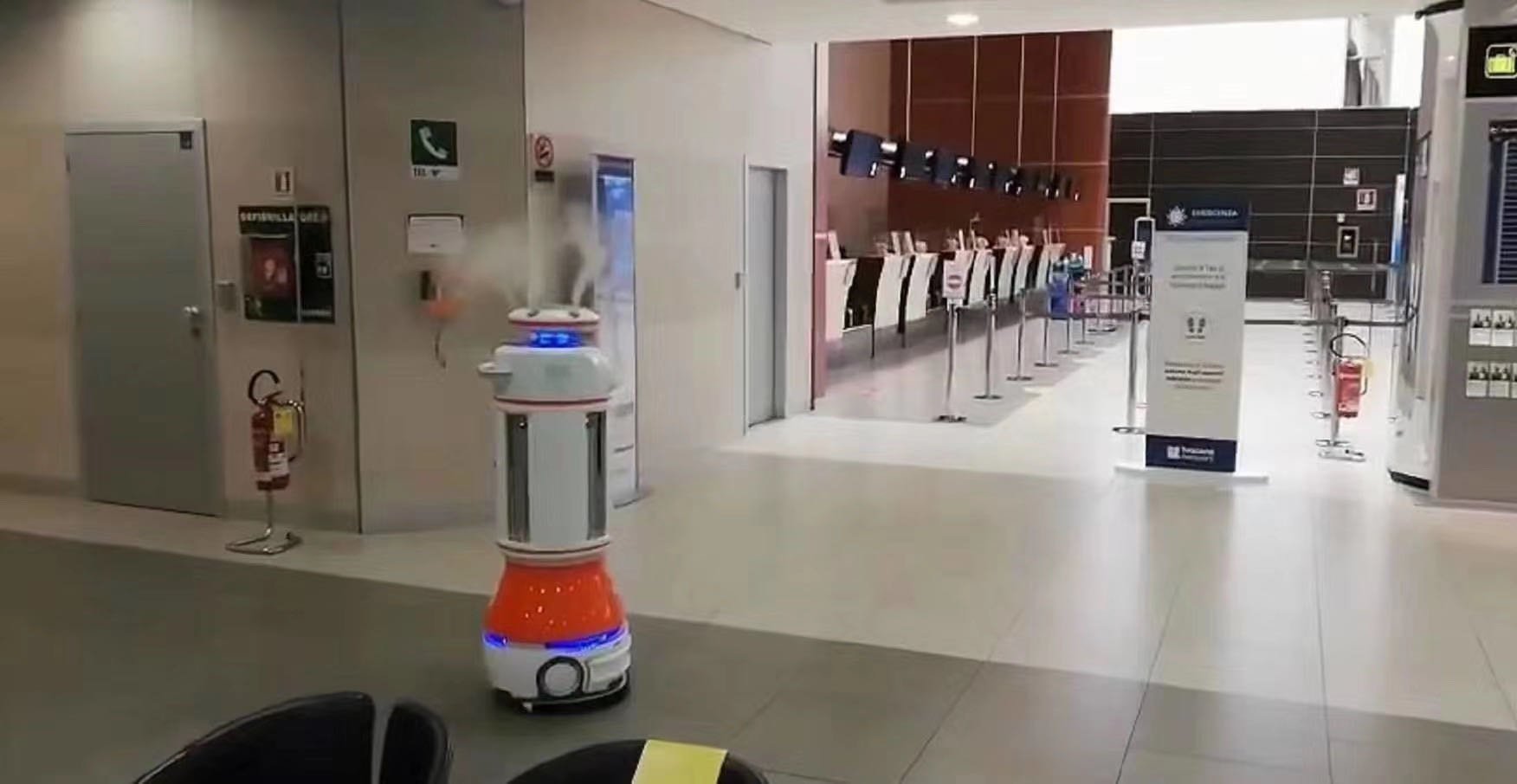
The Milan Malpensa Airport is the first Airport in Italy to deploy robots to clean and disinfect airport terminals. The Connor UVC Robots have already been tested and are actively at work targeting bacteria that are both in the air and on surfaces.
- 0 Comments
- Jun 24, 2020 10:00:00 AM
- Posted by Natalia Galvis
- Topics: Robotics, EdTech, STEM, Coding, Robots,, students, programming, STEMchat, Edchat, AI, disinfection robots
The Future Still Lies in Coding
Coding is enormous in education right now.
No wonder. Coding offers so many academic benefits that schools cannot ignore its significance. Sequential processes, computational thinking, and creative problem-solving all make up coding. It’s the new literacy in schools. There’s so much to like about coding that coding academies and boot camps are springing up everywhere.
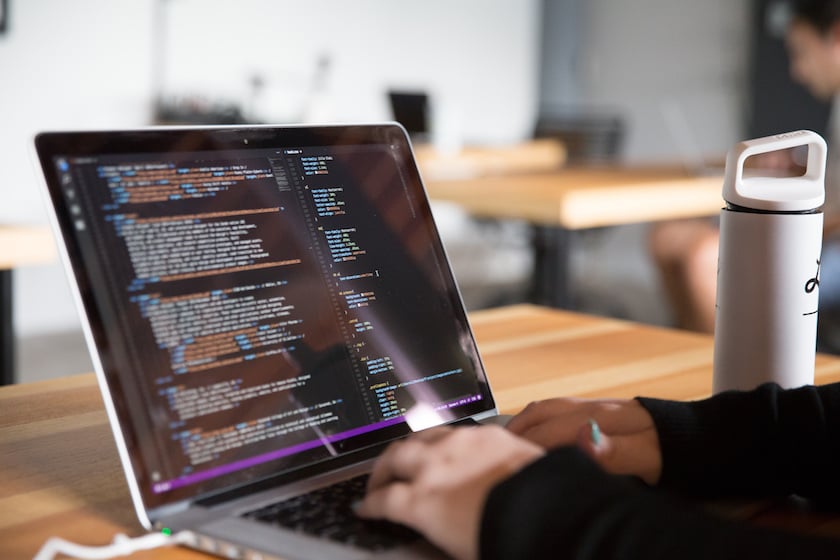
- 0 Comments
- Jun 23, 2020 10:00:00 AM
- Posted by Natalia Galvis
- Topics: Robotics, EdTech, STEM, Coding, students, programming, STEMchat, Edchat, AI
Relevant Posts
Popular Posts
Subscribe to Email Updates
-
I Want To Learn MoreADDITIONAL INFORMATION


